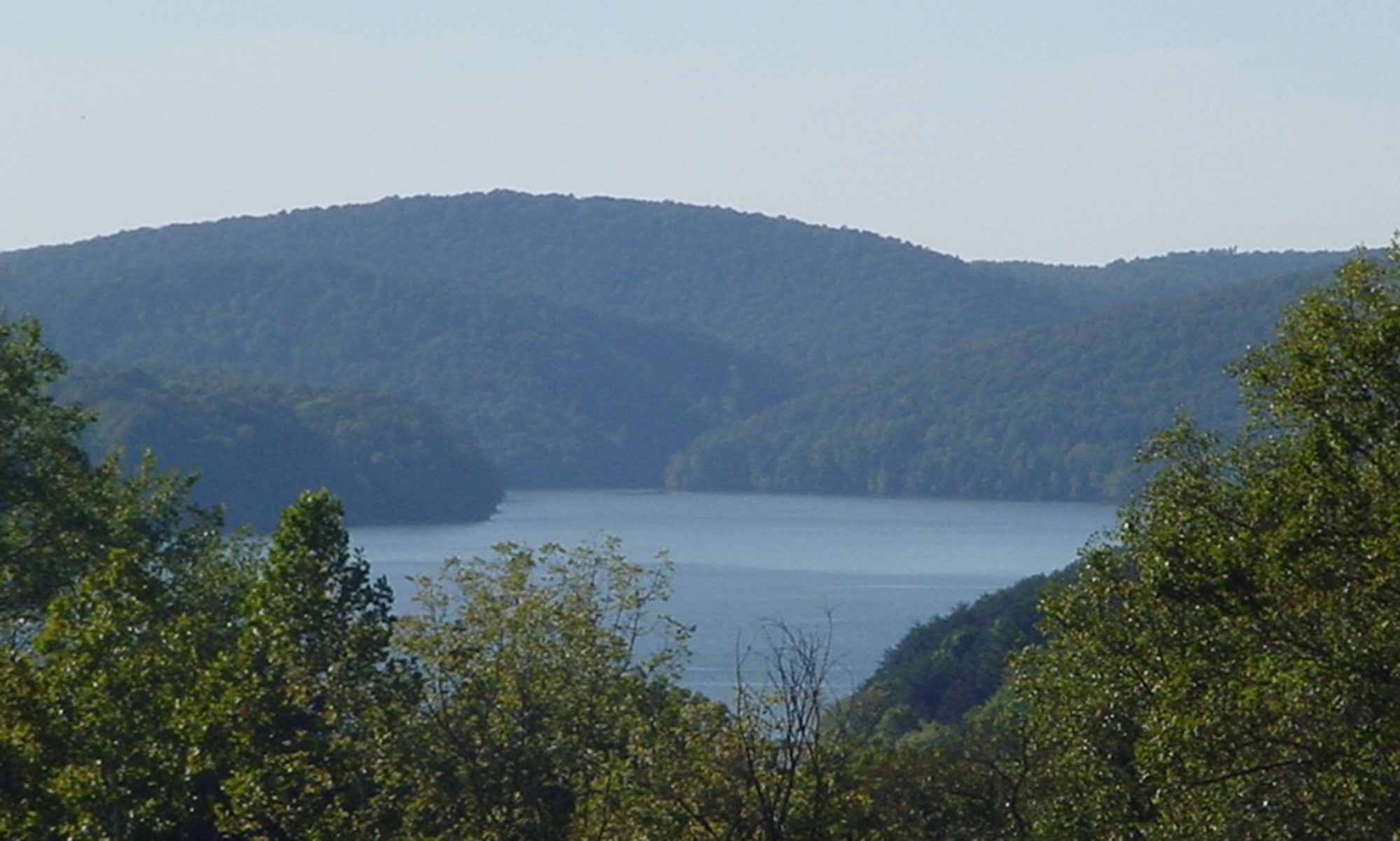JULIE’S LAKESIDE GARDENING TIPS
From Master Gardener Julie Moore & the Wash. State Lake Protection Assoc.
2019
COMMON PROBLEMS WITH SHORELINE LANDSCAPES
BULKHEADS
Bulkheads are not the best or only way to prevent erosion and can create dangerous drop offs, especially to children and the elderly. They also interrupt natural shoreline vegetation and nutrient flow.
Planting and maintaining natural/native vegetation instead of constructing a bulkhead will control soil erosion and run-off, provide a more gradual transition from yard to lake, help beautify your lake and enhance wildlife habitat.
EXCESS NUTRIENTS
Wide-spread use of lawn and garden fertilizers on shoreline properties can cause nutrients to build up in the water. Rain and watering can wash fertilizers out of your yard and garden and into the lake. Fertilizer buildup in the water results in rapid aquatic plant growth and algal blooms, which hamper swimming and boating activities and kill fish. Careless discarding of lawn clippings and yard debris near the lake will also cause excess nutrients to pollute the water.
Leave some native vegetation along your shoreline. If native vegetation is gone, reduce the size of your lawn by replanting native species. Native plants require fewer pesticides and fertilizers and, once established, need less water than exotic, ornamental varieties. Create bigger areas with native plants to act as a natural filter system, trapping nutrients from storm water run-off before they enter the lake. Dispose of lawn clippings and yard debris or start compost piles well away from the lake.
EXCESS TOXINS
Pesticides and herbicides commonly used around homes and gardens can cause serious damage to fish, wildlife and people when they get in the lake water. They may be blown directly into the lake when applied on a windy day or washed off plants and soil by rain or watering. Improper storage and disposal of these chemicals can also pollute the lake.
Always read the labels carefully regarding use and container disposal, and avoid using pesticides and herbicides whenever possible, especially on windy days. Use pesticides only when you actually see a pest.
CANADA GEESE
Lake-side lawns encourage nuisance populations of Canada geese, who like to feed in short grassy areas. Bird feces on docks and lawns can contribute harmful nutrients to the lake water in addition to being unsightly, unsanitary and unsafe. (Remember that in Bedford, Campbell, and Pittsylvania counties it is illegal to feed the waterfowl and you can be fined.)
BUFFER GARDEN
Replace the portion of the lawn next to the lake with a six to eight foot wide bugger zone of low growing plants. Consider placing a path through the buffer zone for access to a dock or gravel beach. Many plants are suitable for this area of wet soil.
In a future article I’ll talk about designing and specific plants for your buffer garden.
I previously wrote about common problems with shoreline landscapes and introduced the concept and benefit of creating a “buffer zone” between your yard and the lake to correct those problems. In this edition we’ll look at what makes up a buffer zone.
First, every bit of buffer counts. Any amount is better than none. The most effective backyard buffer has three zones:
Stream side: From the water to the top of the bank. It protects the bank and offers habitat. The best buffer has mature forest but large shrubs may be a better choice where trees have collapsed a bank. Let it grow and let it go for the best protection.
Middle zone: From the top of the bank inland. It protects stream water quality and offers habitat. The area can vary in width, depending on the slope and use of nearby land. The best buffer has trees, shrubs, and perennial ground plants. Portions can be cleared for water access.
Outer zone: The yard, garden, or woods between your home and the rest of the buffer. This area traps sediment. Play areas, gardens, compost piles, and other common residential activities occur here.
To begin your buffer, spend some time outside during a heavy rainstorm, watching to see where the water goes. Your buffer will do the best job of filtering runoff when the water spreads out and does not flow straight to the lake in a channel. Re-grade, or use stones or landscape timbers to divert runoff into flatter areas where it can soak in.
Avoid planting a lawn to the water’s edge. Lawns have no habitat values (except for mice).
When you begin planning a buffer zone you can be as simple or as creative as you wish. A topic to consider in the early phase is what kind of plants you want. Plants can consist of trees, shrubs, herbs, blooming plants, perennials, annuals, plants that need lots of water, plants that require very little water, grasses or sedges, ferns, or even vines. Some web sites that provide very comprehensive lists of plants for central Virginia are Virginia Department of Forestry, AEP, Smith Mountain Lake Association and Piedmont Virginia Native Plant Database. Many of these lists/charts will give you information regarding sun and water requirements, deer resistance, specific growth zones, as well as plant characteristics such as growth habit/shape, bloom time, height and spread.
Here are some brief lists of popular and frequently used plants in this area;
Trees (small, medium and large):
Smooth Alder
River Birch
Red Maple
Black Gum
Grey Stem Dogwood
Red Osier Dogwood
Pin Oak
many different Willow species
Shrubs (common names):
mountain laurel
rhododendron
american beautyberry bush
sweet pepper bush (mmmm smells so good)
witch hazel
red or black chokecherry
deciduous holly
winterberry
highbush blueberry
Herbs and Bloomers:
blue star
Jack-in-the-pulpit
cardinal flower
dwarf larkspur
Joe-pye-weed
Virginia blue flag
false Solomon’s seal
bee balm
Virginia bluebells
Arum
phlox (woodland or summer)
coneflower
goldenrod
hens and chicks
lamb’s ear
lorapetalum
sedum
thyme
sage
oregano (can be invasive)
chives
rosemary
Grasses, Sedges and Rushes:
autumn bentgrass
bushy bluestem
switch cane
tussock sedge
switch grass
zebra grass
Vines:
Clematis
virginia creeper
Ferns:
Ladyfern
cinnamon fern
Christmas fern
